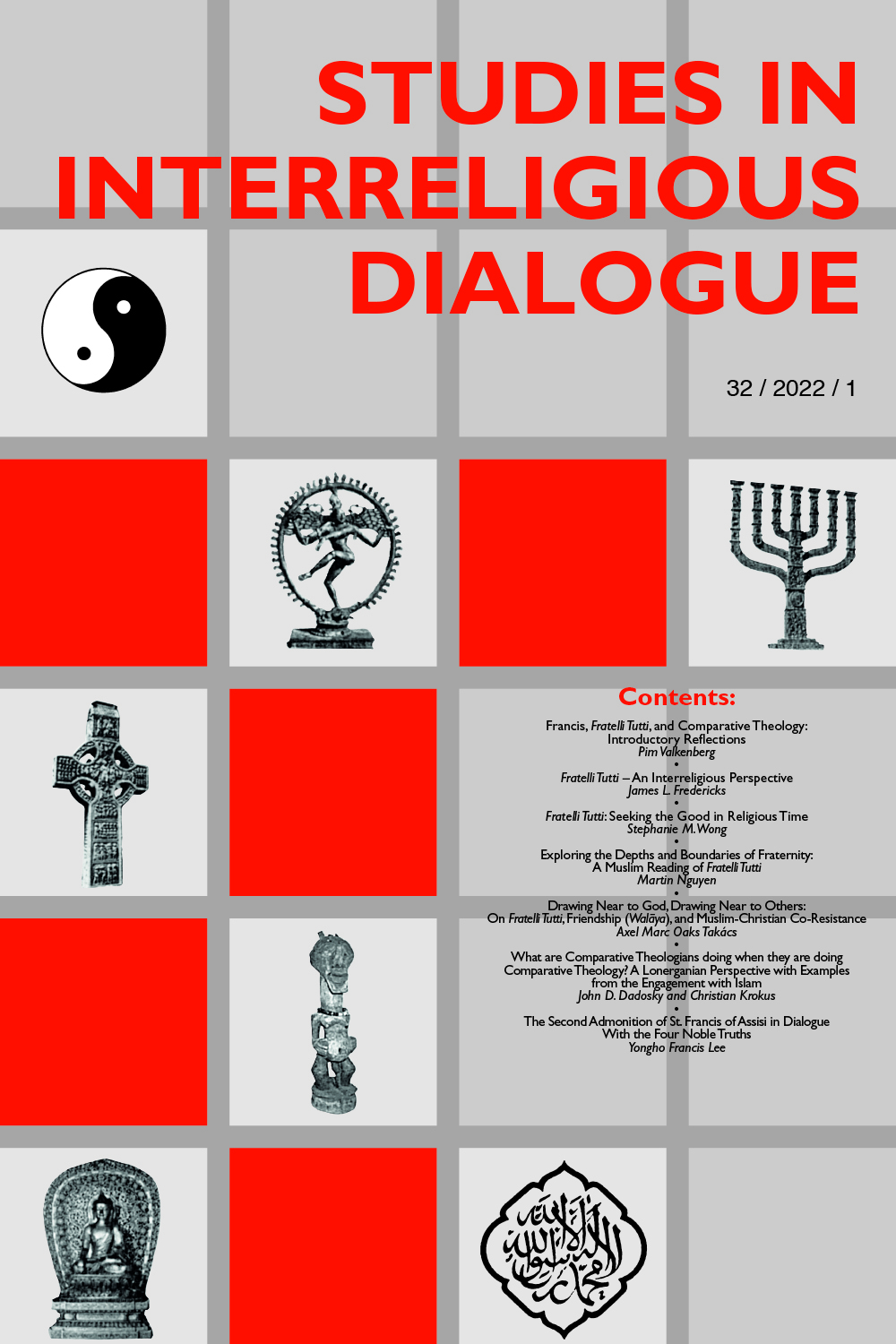 previous article in this issue previous article in this issue | next article in this issue  |

|
Document Details : Title: Tri-People Dialogue Subtitle: Prospects for Peace Building in the Philippines Author(s): BAYBADO, Pablito A. Journal: Studies in Interreligious Dialogue Volume: 27 Issue: 1 Date: 2017 Pages: 105-126 DOI: 10.2143/SID.27.1.3275094 Abstract : Interreligious dialogue as a peace building approach demands a rigorous understanding of the root cause of the conflict. The 'Mindanao conflict' has been described as the summary of the uneasy relation of the Moros, the Christians, and the Lumads in the Mindanao region of the Philippines. The conflict has many layers, but its source is attributed to disparate ethno-religious identities. Religion shapes the socio-cultural and political landscape, and provides justification for the struggles toward self-determination of the Moros and the Lumads. Thus, ethno-religious identity has inadvertently caused the division and conflict of the Tri-People. The fundamental challenge for inter-religious dialogue is to process this irritation in their relationship arising from their ethno-religious identities. This study argues that ethno-religious identity, as the given context of the Tri-People relationship, remains a potential foundation and mechanism for inter-religious dialogue. |
|
